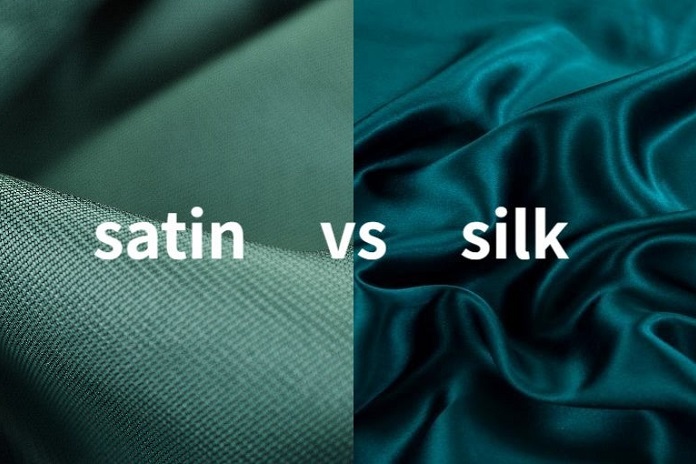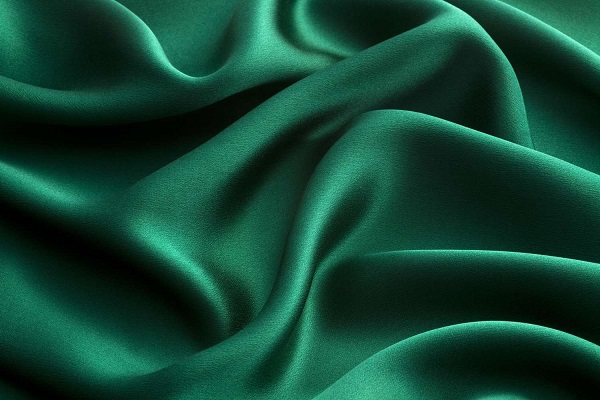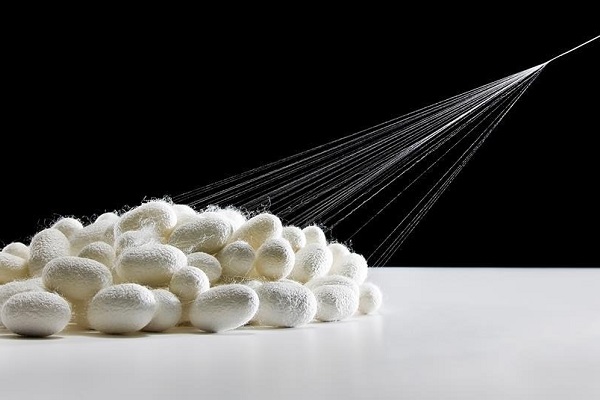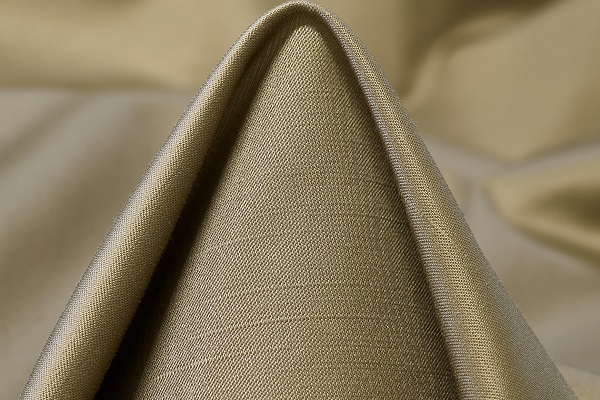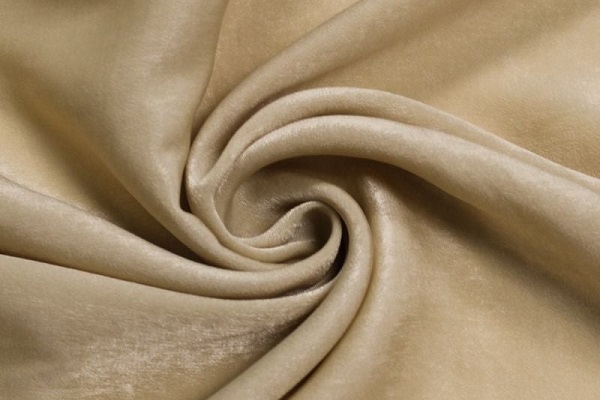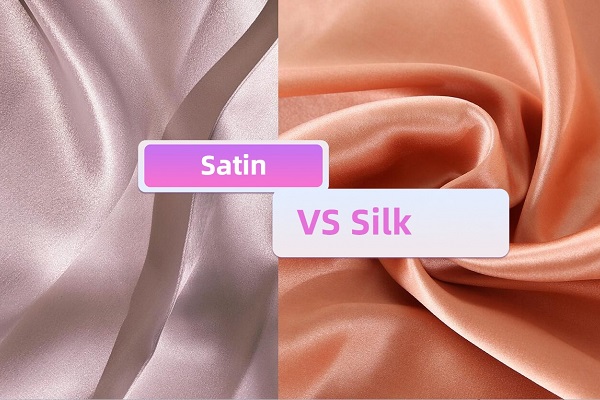Here are some of the things that you need to consider while buying silk and satin,
1. Fabric Composition and Quality
- Silk:
- Type of Silk: Familiarize yourself with different types of silk, such as mulberry, charmeuse, and chiffon. Each type has unique characteristics and applications.
- Grade: Check the grade of silk while the higher grades, like 6A, indicate better quality with fewer imperfections. The higher the grade, the more luxurious and durable the silk.
- Thread Count: A higher thread count often signifies better quality and durability. For silk bedding, look for a thread count of at least 400 for a luxurious feel.
- Satin:
- Fiber Content: Determine whether the satin is made from silk, polyester, nylon, or a blend. Silk satin offers a more luxurious feel, while synthetic satin is more affordable but less breathable.
- Weave: Examine the weave of the satin. The satin weave should have a smooth, glossy finish on one side and a matte finish on the other.
2. Intended Use
- Silk:
- Bedding: Consider silk pillowcases and sheets for their benefits to skin and hair. They are ideal for reducing friction and maintaining moisture.
- Clothing: For garments, choose silk based on its drape and sheen, which can add a touch of luxury to dresses, blouses, and scarves.
- Satin:
- Bedding: Satin pillowcases and sheets can provide a smooth texture similar to silk but at a lower price point. However, consider how breathable the satin is, especially if you tend to overheat at night.
- Clothing: Satin is often used in evening wear, lingerie, and sleepwear for its glossy appearance. Make sure that the satin’s weight and feel are appropriate for your clothing needs.
3. Care and Maintenance
- Silk:
- Cleaning Instructions: Silk requires gentle care, often that involves hand washing or dry cleaning. Check the care label for specific instructions to avoid damaging the fabric.
- Storage: Store silk items in a cool, dry place away from direct sunlight to prevent fading and deterioration.
- Satin:
- Cleaning Instructions: Synthetic satin is typically machine washable but you must need to check the care label for specifics. Some satin items may require gentle cycles or cold water.
- Storage: Satin should be stored in a cool, dry place to prevent damage. It is less likely to fade compared to silk, but still requires proper care to avoid wrinkles and static.
4. Comfort and Fit
- Silk:
- Feel: Assess the softness and smoothness of the silk. It should feel gentle against the skin and provide a luxurious experience.
- Temperature Regulation: Silk’s breathability helps in temperature regulation, so consider how it will feel in different seasons or climates.
- Satin:
- Feel: Evaluate the texture of the satin. It should be smooth but may lack the depth of softness found in high-quality silk.
- Breathability: Consider the breathability of satin, particularly if it is made from synthetic fibers. It may not be as effective in temperature regulation as silk.
5. Aesthetic Preferences
- Silk:
- Sheen and Color: Silk has a natural, rich sheen that enhances colour depth. Check if the sheen and colour meet your aesthetic preferences.
- Pattern and Design: Silk can be found in various patterns and designs, from classic to contemporary. Choose designs that align with your style and decor.
- Satin:
- Gloss and Color: Satin provides a high-gloss finish that can be vibrant and eye-catching. Determine if the color and sheen match your preferences.
- Pattern and Design: Satin comes in a range of designs and patterns. Make sure that the aesthetic aligns with your needs, whether for bedding or clothing.
6. Ethical and Environmental Considerations
- Silk:
- Ethical Concerns: Some people have concerns about traditional silk production methods that involve killing silkworms. Consider looking for peace silk or Ahimsa silk, which addresses these ethical issues by allowing silkworms to complete their life cycle.
- Environmental Impact: Silk is a natural fiber and biodegradable, but its production can be resource-intensive. Evaluate the environmental impact and choose sustainably sourced options if possible.
- Satin:
- Synthetic Materials: Synthetic satin is made from petrochemicals and has a larger environmental footprint. Consider the sustainability of the synthetic fibers used and their impact on the environment.
- Eco-Friendly Options: Some satin fabrics are made from recycled materials. Look for eco-friendly options if environmental impact is a concern.
7. Budget
- Silk:
- Cost: Silk is generally more expensive due to its quality and production process. Consider how much you are willing to invest in silk products based on their long-term benefits and luxury.
- Satin:
- Cost: Satin is often more budget-friendly, particularly when made from synthetic fibers. If you are looking for a more affordable alternative to silk, satin can be a good option.
8. Durability
- Silk:
- Longevity: High-quality silk, when properly cared for, can be very durable and last for many years. However, it is sensitive to harsh conditions and requires careful handling.
- Satin:
- Longevity: Synthetic satin is generally more durable and less prone to damage than silk. It can withstand regular use and washing better, but may not have the same longevity as high-quality silk.
Also, read more about 13 Benefits Of Mulberry For Skin: Mulberry For Skin Is Your Best Bet For Glowing Skin
